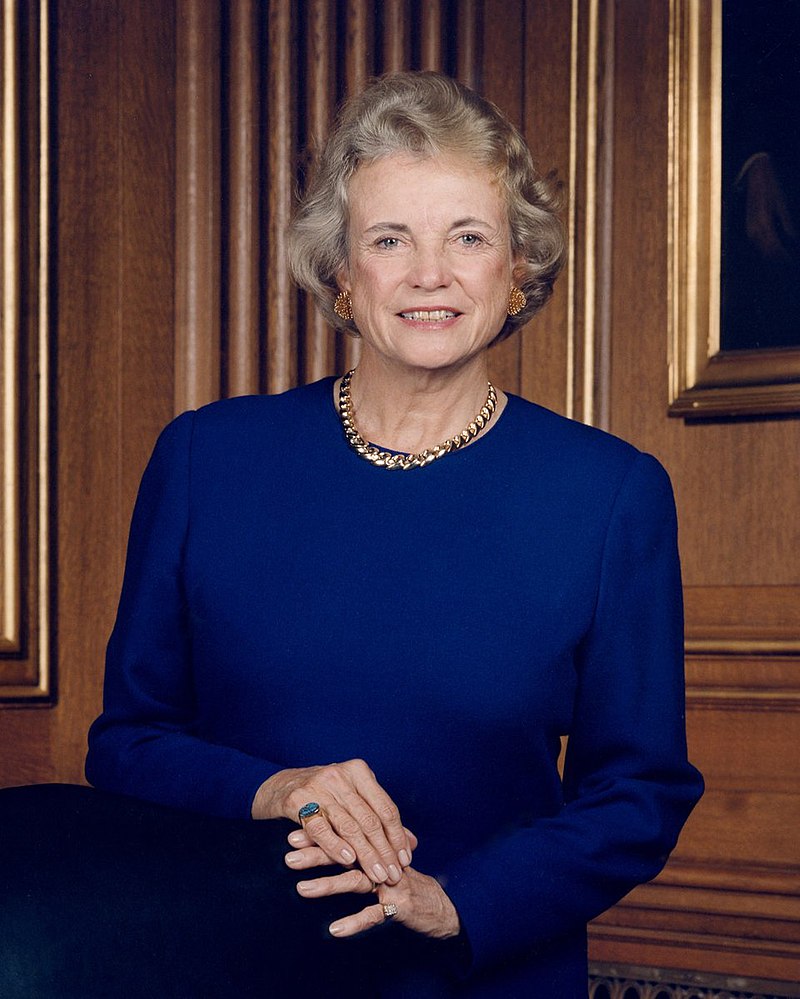Today marks 100 years since Tennessee became the 36th state to ratify the 19th Amendment. But this moment was decades in the making. Take a look at some of the historic moments that made up the women’s suffrage movement.
1776 – New Jersey gives women the right to vote if they own more than $250, meaning only some unmarried women qualified. Later, the state took this right back.
1838 – Select women in Kentucky are given the right to vote in school elections. This was limited to unmarried women and widows who owned property, were 21 years old, and lived in the school district.
1848 – Seneca Falls Convention, led by Elizabeth Cady Stanton and Lucretia Mott, was held to discuss women’s rights. The convention produced the “Declaration of Sentiments and Grievances”, which declared that women deserved to be involved in politics, among other societal institutions.
1861 – Kansas gives women the right to vote in school elections.
1869 – The territory of Wyoming gives women the right to vote and to hold public office. Many supporters of this decision hoped this would draw women to the area.
1870 – Utah becomes the 2nd territory to grant women the right to vote. On February 14, Seraph Young, a schoolteacher in Utah becomes the first woman to vote under a women’s suffrage law in the United States. Advocates of the women’s suffrage movement in Utah hoped this would end polygamy, but when it did not, they lobbied Congress until 1887, when the Edmunds-Tucker Act was passed, revoking this right for women in Utah.
1872 – Victoria Woodhull is the first female presidential candidate in US history.
1887 – Susanna Medora Salter is elected as the first female mayor in the United States. She was elected in Argonia, Kansas.
1890 – Two competing national suffrage organizations, the National Woman Suffrage Association and the American Woman Suffrage Association, merge to create the National American Woman Suffrage Association (NAWSA). Elizabeth Cady Stanton and Susan B. Anthony led the NAWSA with the unifying goal of a universal-suffrage amendment being added to the Constitution.
1890 – After becoming a state, Wyoming becomes the first state to allow women to vote in all elections – state and national.
1912 – By this time, 9 states had granted women’s suffrage across the board.
1913 – On the day before President Woodrow Wilson’s inauguration, the NAWSA organized and lead a suffrage parade down Pennsylvania Avenue, past the White House, with over 5,000 women.
1916 – Jeannette Rankin from Montana elected as the first female member of Congress in the United States.
1917 – Suffragists organize a protest at the White House, encouraging men and women to stand in front of the White House for 6 days a week until the 19th Amendment passed. This protest lasted two and a half years.
1918 – President Woodrow Wilson publicly declares his support for the suffrage movement and a constitutional amendment giving women the right to vote.
June 4, 1919 – Congress passes the 19th Amendment and sends to the states for ratification.
June 10, 1919 – Wisconsin becomes the first state to ratify the 19th Amendment.
August 18, 1920 – The 19th Amendment is ratified after Tennessee becomes the 36th state to pass it. This gives women the right to vote across America.
August 26, 1920 – US Secretary of State, Bainbridge Colby, the government official designated to certify the 19th Amendment, signs the proclamation certifying the Amendment.
1971 – The 26th Amendment is ratified and the voting age is lowered from 21 to 18 for both men and women.
1971 – Congress officially recognizes August 26 as Women’s Equality Day – a day to celebrate and remember women winning the right to vote in America each year.
March 22, 1984 – Mississippi becomes the last state in the Union to ratify the 19th Amendment, almost 64 years after the Amendment became law.




